Editor’s note: Siegfried Schobesberger, a postdoctoral researcher at University of Washington, sent this update.
Two more weeks of measurement flights have gone by since my last update. As of May 16, we have accomplished 14 research flights. Only one had to be cut short due to thunderstorms moving in on our area of operation. We have been getting into a very efficient routine, and collected a lot more data, to be analyzed mainly after the end of the deployment. In the course of our three weeks of work here, many minor problems have been popping up—and been resolved.
Here is a taste of how our work on the ground looks.
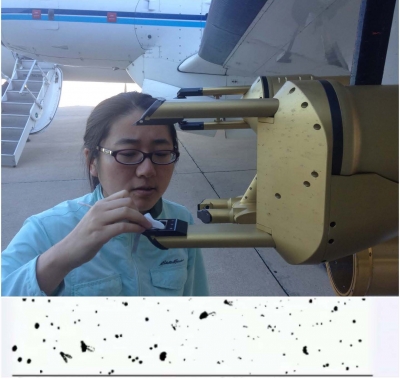
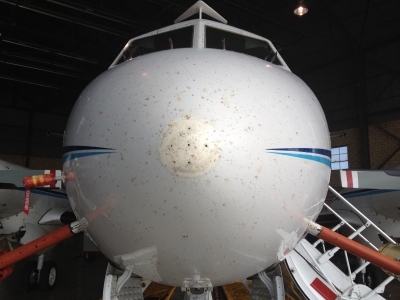
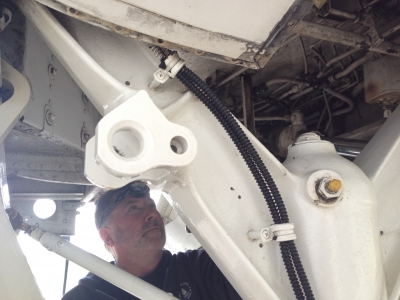
View From Above
Finally an update from an actual HI-SCALE flight! John Shilling—research scientist at Pacific Northwest National Laboratory—is normally part of the fly crew but offered to give up his seat on May 7 to allow me to get on the flight to have a direct in-flight look at my own instrument. For me, this is the first flight on the G-1 since the test flights back in Pasco… Exciting! John’s instrument is an Aerosol Mass Spectrometer (AMS), which samples aerosol particles and vaporizes them to determine their chemical composition. The flight went very well from a science perspective. It was a relief to be able to observe my instrument successfully tackling the challenges of maintaining well-controlled measurement conditions throughout an often bumpy flight.
My typical day consists of mostly waiting on the ground, hoping all goes well and that hiccups are caught by my colleagues onboard. (Although they have always been very vigilant in taking care of my instrument!) Being on board, I could look at my data ‘live,’ and in not-critical stages of the flight run some quick tests on how sensitive the instrument is to certain changes in conditions.
Here is a taste of how our work looks up in the sky.
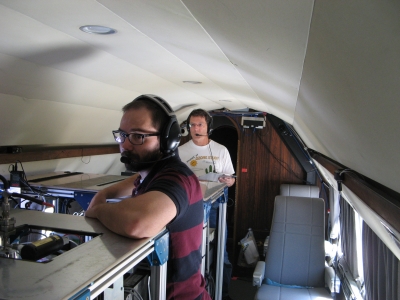
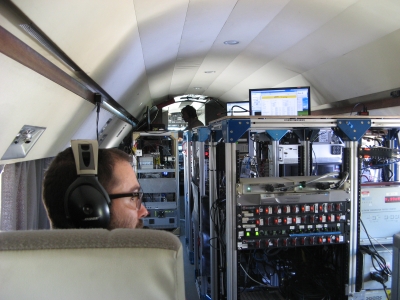
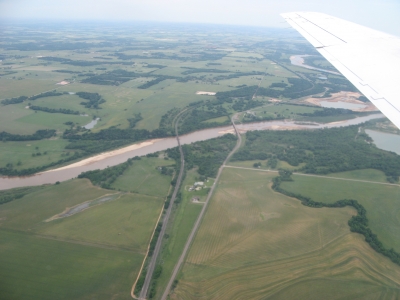
Check out more images in Flickr.

